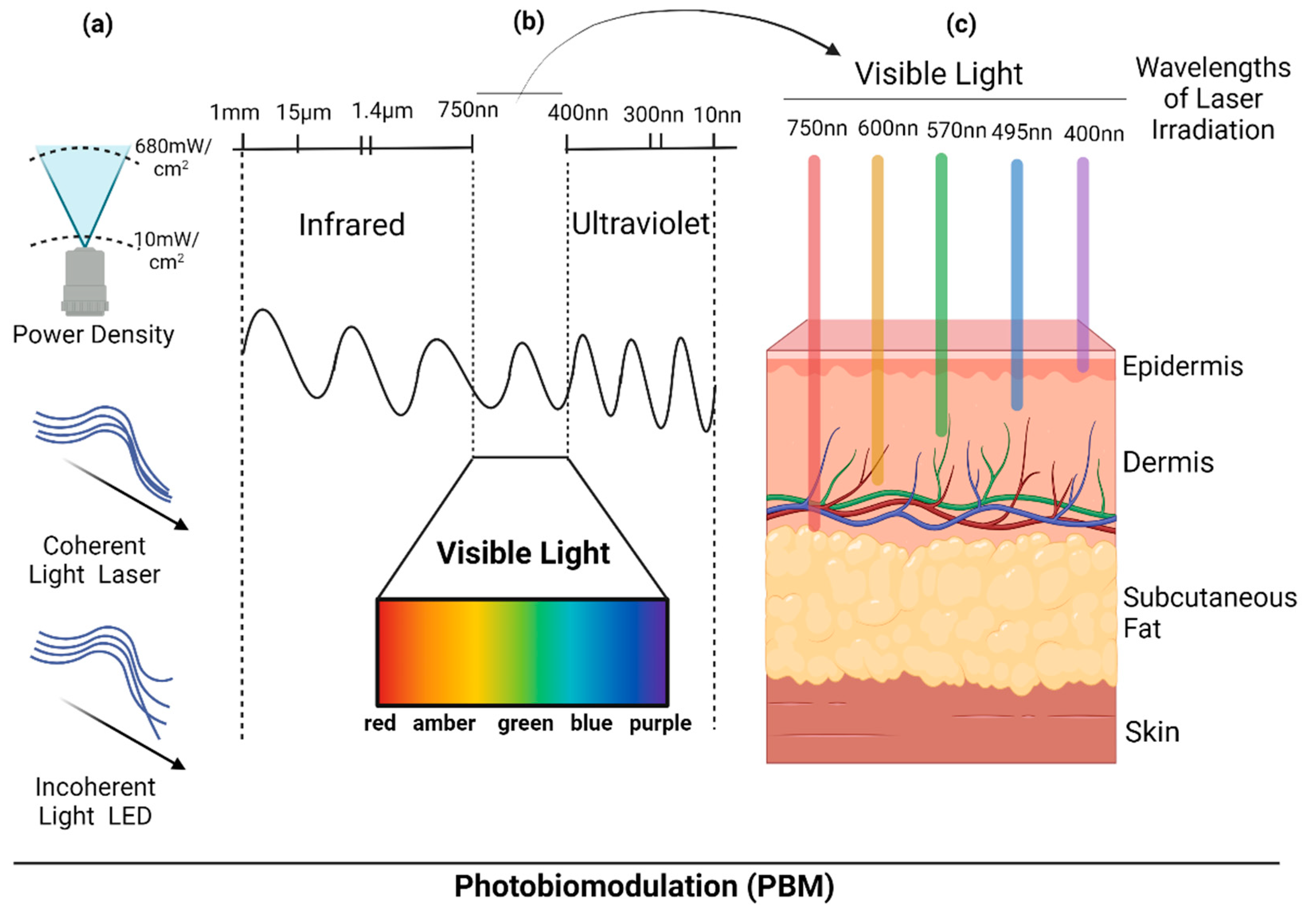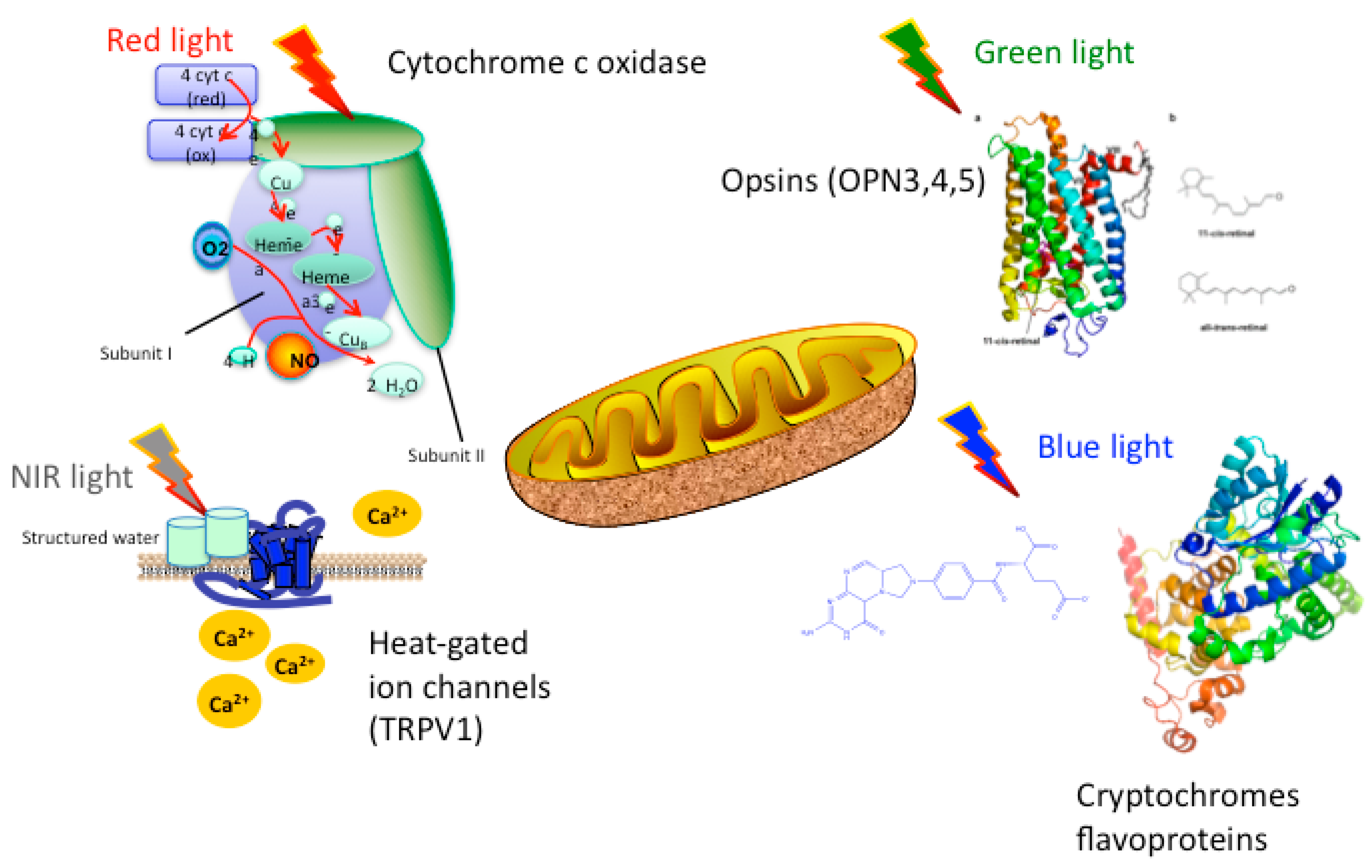About Photobiomodulation
Wiki Article
Photobiomodulation for Dummies
Table of Contents8 Simple Techniques For PhotobiomodulationPhotobiomodulation Can Be Fun For EveryoneSome Of PhotobiomodulationWhat Does Photobiomodulation Do?
Laser therapy is a medical therapy that uses concentrated light to promote a procedure called. Throughout PBM, photons get in the tissue and communicate with the cytochrome c complicated within mitochondria. This interaction triggers a biological waterfall of events that causes a rise in cellular metabolic process, which can in addition to accelerate the recovery procedure.There is consensus that the application of a therapeutic dosage of light to damaged or useless cells results in a cellular feedback moderated by mitochondrial systems. Photobiomodulation. Research studies have shown that these changes can influence discomfort and inflammation, in addition to, tissue repair
Changes in ATP, reactive oxygen types and nitric oxide comply with light absorption by Cc, O. These impacts are redox state and dose dependent. In hypoxic or otherwise worried cells it has been revealed lot of times that following, nitric oxide is released, ATP is boosted and oxidative stress is minimized [27-31]

The Ultimate Guide To Photobiomodulation
PBM devices have actually been removed for advertising by FDA through the Premarket Notification/510( k) process as adjunctive gadgets for the temporary relief of pain. These clearances were based upon the discussion of clinical information to sustain such insurance claims (Photobiomodulation). In this treatment, a source of light is put near or in call with the skin, allowing the light energy (photons) to permeate tissue where it communicates with chromophores found in cells resulting in photophysical and photochemical changes that result in changes at the molecular, cellular and cells degrees of the bodySurprisingly, current study suggests that light can enhance efficiency in normal tissues and cells. The prospective applications of PBMT are many and are being explored experimentally at the basic scientific research, pre-clinical and professional level. The present scientific usages are for the relief of discomfort and swelling and the treatment of sports injuries.

The therapy parameters and number of sessions required for PBMT are reliant upon area and cause. PBMT generally calls for more than one treatment for ideal pain alleviation.
Some Of Photobiomodulation
Treatment criteria for PBMT were initially established utilizing cells artificial insemination and in little animal versions. These therapy criteria typically had a low irradiance and fluence and worked well for cutaneous applications. When medical professionals started to utilize PBMT to deal with structures that were situated much deeper in the body, they utilized these parameters with negative results.
We now comprehend that these negative studies were due to incorrect device and treatment go to website parameters for transcutaneous treatment of much deeper frameworks. Recent breakthroughs in laser therapy tools and more research right into the ideal dosages have dramatically boosted the results of PBMT. For treating deep tissues, the wavelength of light made use of identifies the deepness of infiltration into a tissue.
Consequently, it is essential that a medical professional uses the ideal wavelength of light and specifications to treat a condition. One wavelength and check that one collection of therapy parameters will not be effective for all problems. Negative negative effects have actually not been reported from the use of PBMT (Photobiomodulation). Upgraded June 27, 2016Juanita j
Light treatment is a non-invasive treatment that functions by raising the capability of the cell to create power (ATP) to heal the location being dealt with. Therefore, it can reduce inflammation, swelling, and discomfort in the area. Research in this area is increasing, with even more comprehensive research study papers connected listed below for those that would love to find out more.
A Biased View of Photobiomodulation
In the very first experiment, Dr. Endre Mester, made use of shaved rats and observing exactly how the laser influenced their capacity to expand hair compared to the group that was not obtaining LLLT. He found that the group of mice obtaining LLLT had the ability to expand their hair back much more quickly than the group of mice that didn't receive LLLT (Hoon C, et al; 2012).This treatment is described this way to set apart the difference between the link lasers some professions use to cut (eg. Low-level light treatment is pain-free, non-invasive therapy.
LLLT has a biphasic action, implying that lower dosages are usually attended be more beneficial than greater doses. That being claimed, dosages greater or reduced than the optimal dosage doesn't affect (Hoon C, et alia; 2012). For this factor, it can be challenging to have researches on LLLT with so many specifications.
Some business integrated both (LED and laser) to offer a much more all-round treatment given that lasers can permeate much deeper than LED and infrared light (Norman Doidge, The Mind's Means of Healing, 2015). During treatment, the location that is being dealt with is revealed to LED light from a Bio, Flex Laser, which goes to 660 nm wavelength, complied with by infrared light at 830-840 nm wavelength.
Report this wiki page